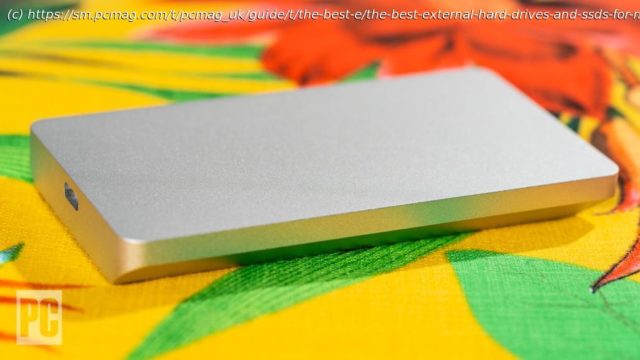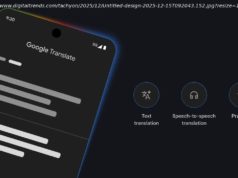Running out of storage space, or looking for a smart way to back up your Mac? Here’s how to choose the best Apple-friendly SSD or hard drive for your needs, plus our top tested picks.
Buying an external hard drive or SSD for your Mac is much like buying one for your Windows PC; most computers of either stripe now have at least one oval USB-C port for drive connections. The main difference? Some drives designed for Macs use the pro-focused Thunderbolt interface for super-fast data transfers. (And these drives tend to be expensive.) Do you just want to back up using Time Machine or stash an extensive video collection? An inexpensive non-Thunderbolt drive not meant explicitly for Macs should suffice. We’ve been testing PC storage for four decades, and for every drive we review, our analysts run standardized benchmark tests measuring speed and program launch times, and assess drives on design, bundled software, cost per gigabyte, and more. Our top general-use external SSD for Macs is Crucial’s X9 Pro, but below is a breakdown of other favorite tested picks, plus all the shopping advice you need.LaCie Rugged RAID ShuttleLaCie 2big RAID (8TB)What File System Is Best for a Mac External Hard Drive?
We mentioned Thunderbolt up top. Before we get to Thunderbolt, we need to address a basic building block of hard drives that has always affected compatibility, and probably always will: the file system.
An external drive’s file system is the most important factor that determines whether or not it’s readable by Macs, PCs, or both. Starting with macOS „High Sierra“, Cupertino ditched its venerable Mac OS Extended file system, commonly abbreviated as HFS+, and switched to an entirely new file system. It’s simply called the Apple File System (APFS), and it’s the first format to be used across both Macs and iOS devices. What Is the Difference Between Mac OS Extended and APFS?
There are many benefits to switching from HFS+ to APFS, including better security thanks to native encryption, but the most important thing to note for external-drive shoppers is backward-compatibility. Any drive formatted with HFS+ will work just fine with a Mac that’s running High Sierra or later.
Neither Apple File System nor HFS+ works with Windows, however. If you plan to use your external drive with computers that run both operating systems, you should consider formatting your drive with the exFAT file system. You won’t get the security and efficiency of APFS, but you will get the convenience of being able to transfer files back and forth between Windows and macOS simply by plugging in and unplugging your drive.
Of course, you can easily wipe and reformat most external drives, so you’re not limited to buying only those intended for use with Macs. If you really fancy a consumer-oriented drive formatted for Windows (which will usually come pre-formatted in the NTFS format), you can use the Disk Utility in macOS to reformat it after you bring it home from the store. Some highly specialized external drives might not work with Macs even if they’re formatted correctly, but consumers looking for extra space simply to store backups or large video collections aren’t likely to encounter them. External Drives: SSDs vs. Spinning Platters
Once you’ve settled on a file system, you then have to determine which storage medium you want: solid-state or spinning disk.






